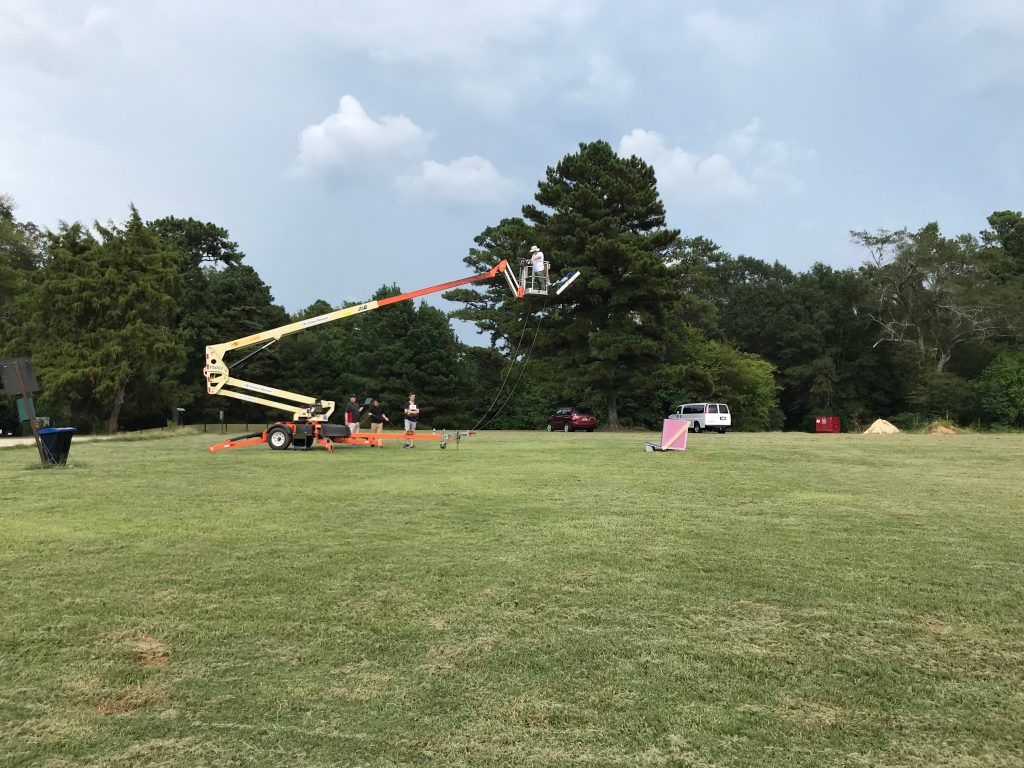
20 Jan 2019, 11:20 CST.


20 Jan 2019, 11:20 CST.
Stanley Farlow’s textbook Partial Differential Equations for Scientists and Engineers is a reasonable introductory book for undergraduate and graduate students in the sciences and engineering. This book covers classical solution techniques, basic numerical methods, and -finally- the use of special techniques for solving non-trivial problems. This book is NOT acceptable for graduate students in mathematics, as can be seen directly in the title. Theory is briefly discussed, but the heart of the book is solving problems.
I taught a graduate course (GES 554, see here) for engineers with the book. ISBN-13: 978-0486676203
Pros:
Cons:
Today, I created a CATIA CAD model of the Gulfstream GV / G550 aircraft. There are a few discrepancies in the details, especially with the windows and doors; however, the basic aircraft geometry is lofted from drawings.

Sharp aerospace engineers may question several of the fundamental design parameters and wonder about the airfoil selection (yes, supercritical, but GIII airfoils), surface quality (certainly not production quality), and purpose. It’s definitely not trivial to reverse engineer a CAD model from scratch, but it is doable for low to medium fidelity requirements. The CAD model is available here: https://grabcad.com/library/gulfstream-gv-g550-low-fidelity-2
On 11 Oct 2018, I was asked to provide an Aircraft Environmental Control System (ECS) primer for Mechanical Engineering HVAC students.
The lecture notes are available at: ECS-Aircraft
In this note, I will design an articulated 4 bar mount for a radar system using CATIA. The system needs to be designed and built rapidly for a VIP demonstration. Here’s the design:
First, the design requirements and needs:
The articulated arm as designed by CATIA met the design goals with a commonly available actuator. The use of a CAD model allowed for tuning of the geometry and resulting kinematics.

Using the gearing ratio between the actuator and the output angle, conservation of power, and the measured actuator dynamics, I was able to analyze, simulate, and tune the dynamic/transient dynamics of motion of the system. This analysis allowed for a truly coupled actuator/mechanism design and ensured that my design remained feasible across the entire operational envelope.
Design drawings were created to construct the actuation arm.

The as-constructed articulated arm met the design requirements and when mounted on a boom-lift was successfully was used for a data collection experiment.


This articulated arm mechanism’s development shows the power of CAD with CATIA for rapid support of R&D projects. I was pleased.
Aerospace Structures (AEM 341) is a core aerospace engineering course for the study of methods of analyzing advanced beam and stressed skin structures typical of aerospace vehicles. Dr. O’Neill taught this course in the Spring of 2018. Book: Introduction to Aerospace Structural Analysis, Allen & Haisler, Wiley. ISBN 0-471-88839-7 (Book Review)
Book: Introduction to Aerospace Structural Analysis, Allen & Haisler, Wiley. ISBN 0-471-88839-7 (Book Review)
Goals: By the end of the course, students should be able to:
Example Lectures:
Course Evaluation: The student course evaluation is at: 18-AEM341-AerospaceStructures. I appreciate the kind words.
- His notes are extremely clear, and he very effectively communicates the material. He’s far more concerned about us understanding the material than anything else.
- Helped me regain my hope and enthusiasm for aerospace
Recently, I have been working with embedded systems for UAS applications. One of the systems requires commands be validated with an XOR checksum. Rather than doing this by hand, I made a small simple Windows app (download here). Nothing fancy.
Nothing fancy.
On 4 May 2018, my Aircraft Systems class (and guests) visited the Southern Museum of Flight in Birmingham, AL. Thanks to the museum director Dr. Brian Barsanti for the guided tour. The highlight of the trip was a hands-on visit of a D-21 recon drone under restoration.
A student asked me what I look for at museums. This is quite an excellent question. The truth is that I’ve been around almost all of the aircraft previously. I’m not looking at the aircraft as a famous name but as an interaction…. an aircraft system. Can I figure out the “why” and “how”?
For the 2016 visit, click on https://charles-oneill.com/blog/southern-museum-of-flight-tour-for-aircraft-systems/
More photos are given below
Thank you to Adam Benabbou and Sean Sawaya for designing and constructing a new wing for the SPA aircraft. This wing uses the SD7062 airfoil with a balsa and spruce wing structure covered with Monokote. I am looking forward to a series of interesting missions with this aircraft-wing combination.